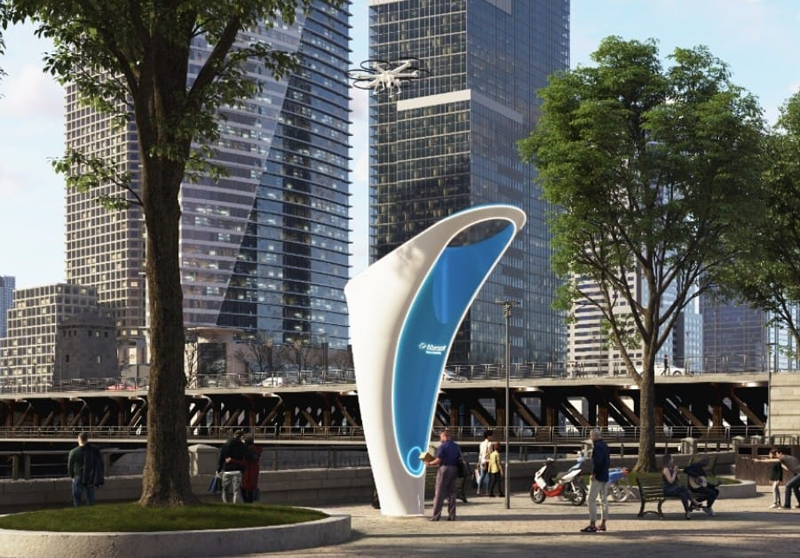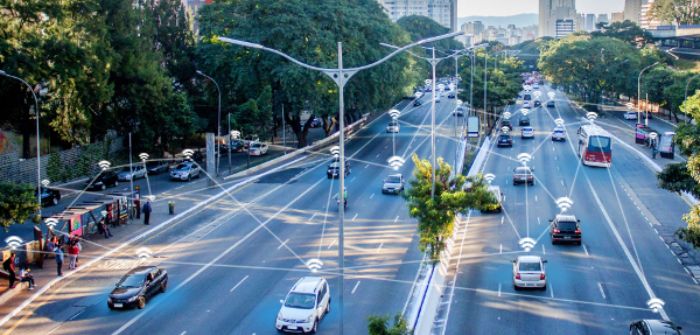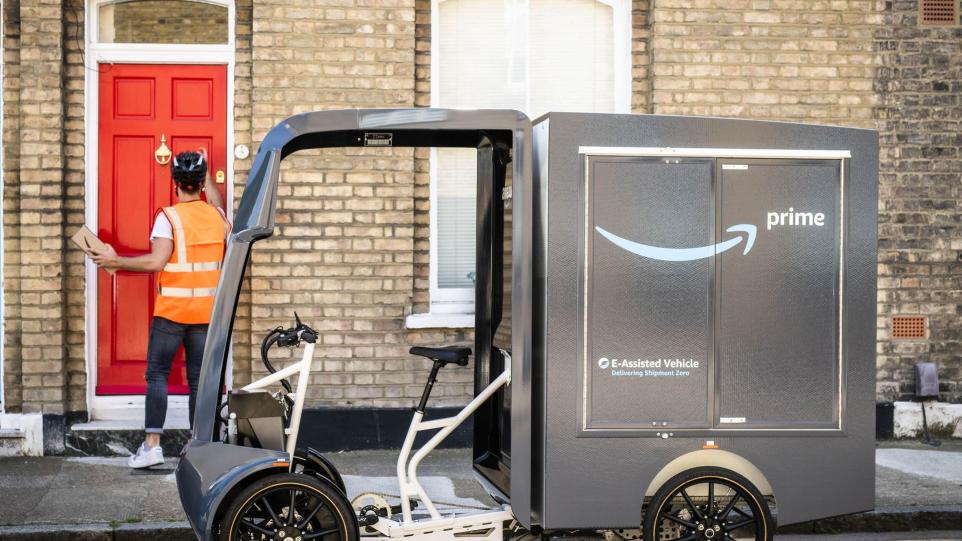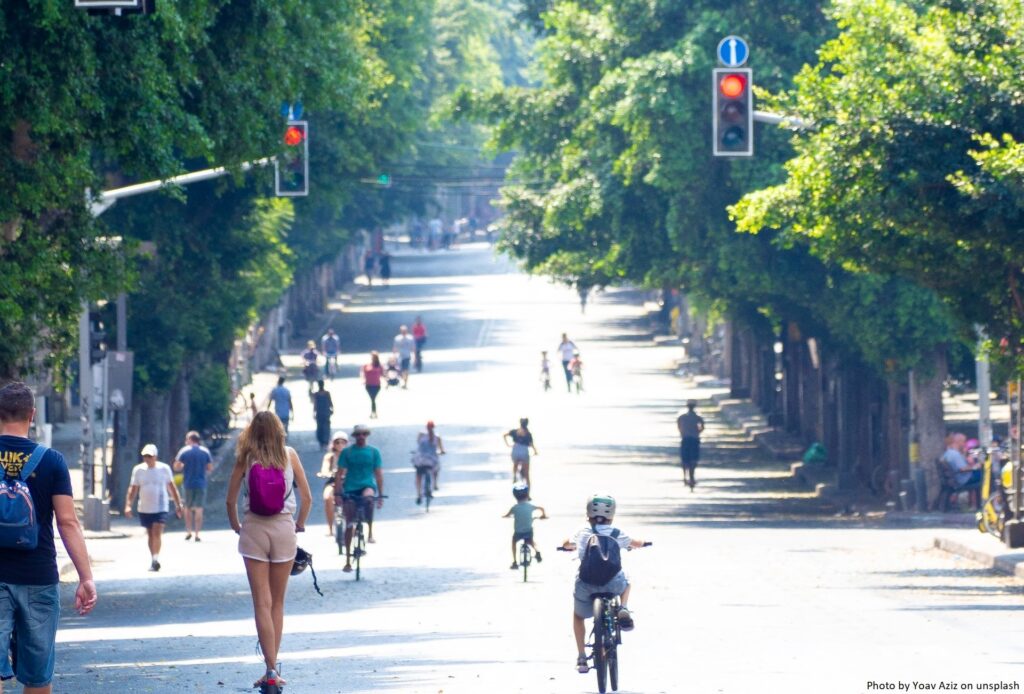The highly successful fourth edition of #EUCAD2023 concluded with resounding achievements. A remarkable number of more than 600 individuals registered for the engaging two-day event, and over 400 participants attended in person. Beyond the enlightening plenary sessions and breakout discussions, numerous activities were organised to enrich the experience. Notable highlights included the launch of the CINEA publication where the FAME project was featured, which highlighted research projects in the CCAM field funded by Horizon Europe. Additionally, the CCAM Strategic Research and Innovation Agenda underwent an update during the transversal session 2. Furthermore, the conference showcased vehicles from the SHOW H2020 project, such as the Yapes delivery robot, mini-bus, automated car, and shuttle, all of which exemplify automated urban mobility and logistics, while contributing to the advancement of sustainable transportation.
A networking event was organised, together with EUCAR, at the Autoworld Museum, where many CCAM-funded projects were exhibiting.
During the conference’s first day, notable figures such as Signe Ratso from EC DG RTD, Herald Ruijters from EC DG MOVE, and Nikolai Ardey from VW Group Innovation expressed their support for the European mobility roadmap. This roadmap aims to establish sustainable infrastructure and provide digital CASE services. The first plenary session underscored the importance of collaboration among national, European, and international programs to enhance the impact of research and innovation initiatives. By forging a common vision, these efforts can maximise the benefits derived from investments in innovation, thereby propelling CCAM towards widespread adoption in the market and society.
In the second plenary session, the focus shifted towards the significance of collective action among stakeholders, including toll road operators, to realize the full potential of CCAM. The sharing of data emerged as a critical element in advancing CCAM and achieving environmental and societal goals. To enable the success of Cooperative Intelligent Transport Systems (C-ITS), a clear and harmonised legal framework must be established, alongside the development of comprehensive infrastructure.
The first transversal session centred on exploring the synergies between research and deployment funding instruments. The Connecting Europe Facility (CEF) was highlighted as a vital funding tool for CCAM projects in Europe, particularly concerning infrastructure development.
The second transversal session revolved around the update of the Strategic Research and Innovation Agenda process and encouraged active participation from all attendees.
Engaging discussions and presentations on CCAM took place during the breakout sessions, sparking numerous questions and debates regarding its potential to promote sustainable mobility. To enhance the effectiveness and sustainability of road transportation during the transition period, it is crucial for CCAM to become a governmental priority. Moreover, it is essential to recognise that the road transportation system is just one facet of the broader transportation ecosystem. Engaging diverse stakeholders to develop additional business models and use cases becomes pivotal in constructing a more resilient and efficient multimodal transport system.
The conference’s second day commenced with a legislative focus evident in the presentations and discussions of plenary session 3. It was emphasised that the regulatory framework must remain adaptable to keep pace with the rapidly advancing technology in the market. The Vice Chair, Christian Scharnhorst, emphasised the need to learn from the electrification process and apply those lessons to automation. As he stated, there won’t be a second chance, and the winner will claim the rewards.
In the subsequent plenary session, two projects showcased the significance of providing 5G coverage for Connected and Automated Mobility. The implications of this extend beyond autonomous transportation to various industries such as logistics and road safety. It is imperative to revise the regulatory framework to ensure that consumers, stakeholders, and operators can all benefit from it.
The final transversal session of the conference affirmed the pivotal role of the CCAM States Representatives Group in implementing CCAM deployment across Europe. It acknowledged and addressed crucial aspects such as legislative gaps, testing procedures, and the role of infrastructure operators. This approach facilitates the involvement of interested parties and fosters the formation of partnerships.
The last three breakout sessions encompassed a diverse range of topics, including inclusivity, sustainability, efficiency, speed, data sharing, shared mobility, safety, and user demands. To establish secure and trusted widespread adoption of CCAM solutions, multiple use cases need to be explored. These use cases play a critical role in demonstrating the value of CCAM solutions, despite the challenges involved in their implementation. Similar to the first set of breakout sessions, expanding collaboration to involve a broader range of stakeholders is necessary to develop shared definitions and expertise. Harmonisation at every level holds significant importance.
At the conference, it became evident that the CCAM industry has reached a mature stage where standards, regulations, and broad adoption take centre stage. Different perspectives were represented, with some advocating for widespread implementation of CCAM technologies, while others favoured a phased approach. It is important to recognize that both strategies have their merits, and there is room for expanding the utilization of CCAM solutions in what can be described as “islands of opportunity.”
To enhance public trust and confidence in these technologies, further pilot programs, testing, and information sharing are necessary. Fortunately, the conference showcased numerous successful examples of CCAM initiatives, including regulations for automated driving systems, the establishment of 5G connection corridors, alternative solutions for short-range connectivity, and the development of mobility data spaces. These achievements demonstrate the progress being made, with projects like SHOW serving as notable examples of funded research in the field.
Considering the urgency of the matter, it is crucial to share knowledge and experiences to facilitate a smooth and expedient transition to CCAM solutions.
Attendees can access the event’s photo gallery and replay sessions to further explore the valuable insights and discussions that took place during the conference.
See you in 2024 for the EUCAD Symposium (@TRA Dublin) and in 2025 with the fifth edition of the EUCAD Conference!










